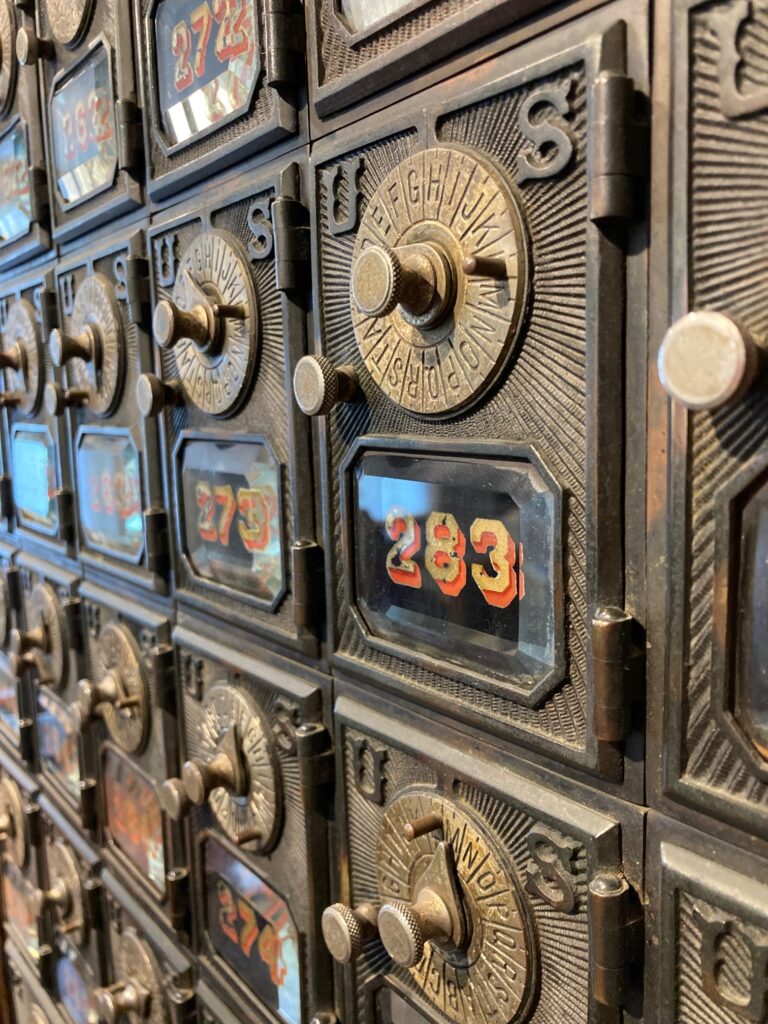Working on DAFinitive™ over the past couple of years I’ve learned a lot of interesting things about donor advised funds. Some of my previously-held assumptions have been blown apart, and I’ve been surprised by things that I didn’t know would turn out to be factors in understanding DAF sponsors and donors.
For example:
One assumption was that people make anonymous gifts through DAFs because they want to give to causes that might conflict with their publicly-professed political or personal beliefs or because they don’t want to continue to be contacted by the nonprofit if it was just a one-off gift to a cause that’s really not a priority for them.
But digging into that question, I learned something surprising. Conservative think tank, The American Enterprise Institute (AEI), was given access to anonymous donation data from 2019 and 2020 from the five largest DAF sponsors: Fidelity Charitable, National Philanthropic Trust, Schwab Charitable, Silicon Valley Community Foundation, and Vanguard Charitable. Like a lot of us, AEI was interested in learning where anonymous DAF donations were actually going.
In their white paper “Anonymous Giving Through Donor Advised Funds” (January 2022) AEI reported that, of the 2,256,033 total grants made in 2020 from donors through the big five sponsors, only 4.3% of those gifts were given anonymously.
The top 10 recipients of anonymous DAF gifts in that year were:
- Doctors Without Borders
- Salvation Army
- Feeding America
- American Red Cross
- St. Jude Children’s Research Hospital
- American Civil Liberties Union Foundation
- Planned Parenthood
- Wikimedia Foundation
- Samaritan’s Purse
- Southern Poverty Law Center
Not all of them, certainly, but most of the nonprofits on that list of recipients wouldn’t raise much of an eyebrow in mixed political company. Okay, so how do anonymous priorities compare to the overall top ten list of nonprofit recipients for 2020? Are these anonymous-gift recipients the types of nonprofits that donors wouldn’t consider a priority? Check them out:
- Doctors Without Borders
- Salvation Army
- Cru
- St. Jude Children’s Research Hospital
- American Red Cross
- Feeding America
- Planned Parenthood
- United Way
- American Civil Liberties Union Foundation
- Samaritan’s Purse
It’s pretty much the same cast of nonprofits of good character. So maybe anonymous donors and attributed donors are the same, the former maybe just want the nonprofit’s work, and not their donation, to be the thing that shines? A caveat, though…
That said, one of the underlying issues may the use of the word “anonymous” here. While the DAF sponsor forwarding along the gift from “The R & C Donor Advised Fund” may not technically consider that donation to be anonymous, for all intents and purposes from the nonprofit’s point of view, it might as well be – unless they happen to know who R & C are.
A question of conversion
Another assumption based on lots of reporting is that people are putting money into DAFs instead of giving it directly to nonprofits.
And the reality is that they might be, but perhaps not how or why we’ve been thinking they are. Here’s something interesting to consider:
Fidelity Charitable reported that they received $331 million in digital asset deposits (cryptocurrency) last year to donor-advised funds, which was almost twelve times the amount it received in 2020 ($28 million). Bitcoin accounted for 88% of crypto donations, followed by Ether at 11%.
All told, Fidelity converted $2 billion worth of non-publicly traded assets, including crypto, private stock, restricted stock, and limited partnership interests for deposit into peoples’ donor advised funds.
Listen up
Sixty-six percent of donations to Fidelity Charitable last year were non-cash donations. Allow me to repeat that a little louder for the folks squinting at the tiny print: 66% of gifts to Fidelity Charitable in 2021 were non-cash donations.
Most nonprofits, including some of the larger universities and medical centers, still don’t accept cryptocurrency donations. Or private stock, restricted stock, or limited partnership interests. So two things may be true here:
- Donors who want to gift crypto and non-publicly traded assets to nonprofits have to use some sort of conversion middleman, so they’re using Fidelity and the other big sponsors like they’re a Travelex booth. (If you’ve traveled internationally then you know the place I mean: it’s that kiosk you see by the exit through customs where you can convert your cash into the local currency for a hefty fee). Maybe large DAF sponsors are just the most convenient way for donors to make gifts because they take what donors want to give, they’ll take it in huge chunks, and they’ll do it tax efficiently.
- Maybe now’s a good time for your nonprofit to look into accepting crypto and cut out the Travelex middleman. There’s a whole lot of opportunity out there.
There’s lots more
Nearly every day I’m finding out something about donor advised funds that increases my knowledge about them – how and why they’re used, and by whom. DAFs are the fastest growing charitable vehicle in the US right now, and not just by a little, so they’re worth our paying attention to.
Want to learn more about DAOs, DAFs, Decentralization, Giving Circles, Cryptos & The Future of Giving? Join me and a host of experts for the PyroTalks Nanoconference on March 29th at 3:00pm-4:30pm GMT / 10am-11:30pm EST. It’s a screamer deal at £25 for the 90-minute fast-paced conference. Learn more and register here: https://www.pyrotalks.com/nano-conference/p/decentralization-cryptos-and-the-future-of-giving

